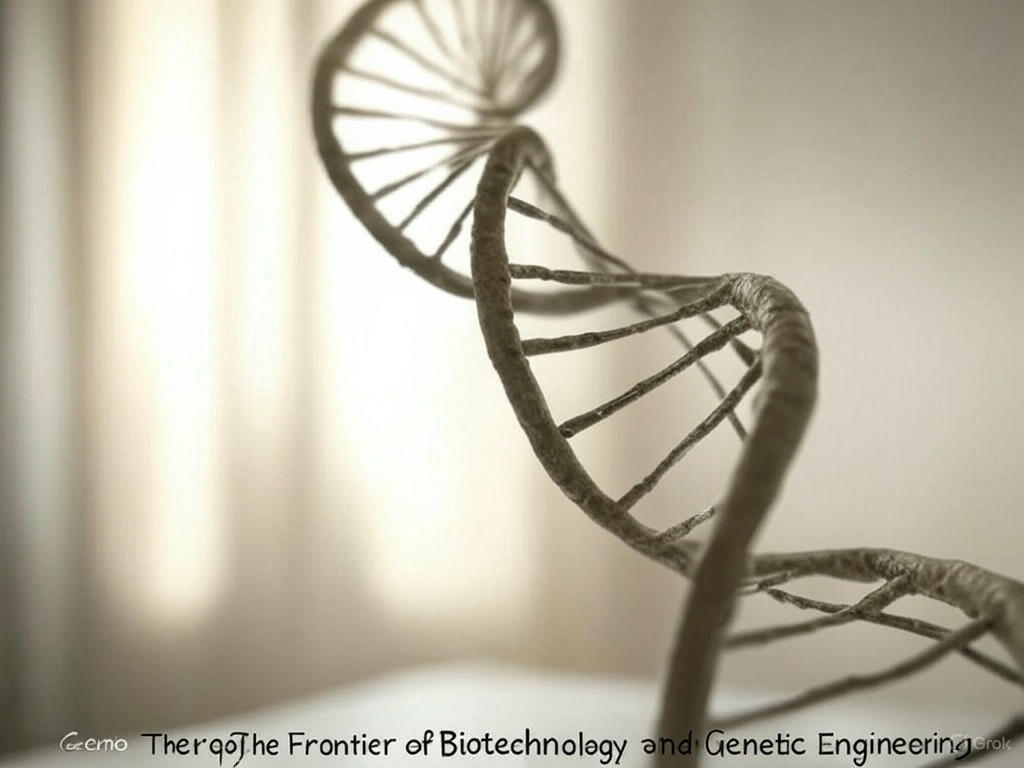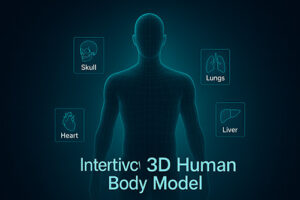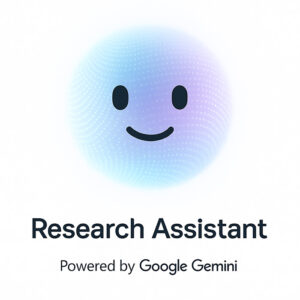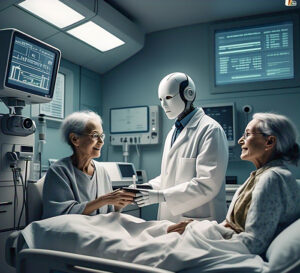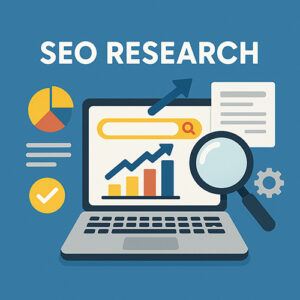Gene Therapy: How We’re Learning to Rewrite Illness at Its Source
A New Kind of Medicine
When 6-year-old Leila walked outside one clear winter night and pointed to Orion’s Belt—something she’d never seen before—her parents cried. She had been born with a rare retinal mutation that steals vision in early childhood. One dose of a gene-based therapy changed that.
Stories like Leila’s are no longer laboratory daydreams. They are the first pages of a fast-unfolding chapter in medicine in which we fix faulty instructions written into DNA itself, rather than chasing symptoms after the fact. With more than 10,000 single-gene disorders catalogued so far, the stakes could hardly be higher.
1. From Fermentation to CRISPR: The Tools Behind the Breakthrough
Biotechnology’s Long Arc
Humans have tinkered with biology since we learned to brew beer, but only in the last half-century have we held the molecular scalpel. Recombinant-DNA methods in the 1970s set the stage; CRISPR, base editing, and prime editing now let scientists alter genetic code almost as easily as editing text.
What Gene Therapy Actually Does
Replace a missing gene, silence a harmful one, or add a brand-new set of instructions. The goal: restore normal function—or create it where it never existed.
Getting the Cargo Inside Cells
| Delivery Platform | Key Traits | Leading Uses |
|---|---|---|
| AAV (adeno-associated virus) | Tiny, low immunogenicity | Eye & liver disorders, hemophilia |
| Lentivirus | Integrates into genome | Blood diseases (e.g., β-thalassemia) |
| Adenovirus | Big payload, transient | Cancer vaccines, oncolytic therapy |
| Non-viral (lipid nanoparticles, polymers, electroporation) | Scalable, tunable | mRNA vaccines, in-vivo CRISPR |
2. How Therapies Reach Patients
| Approach | How It Works | Flagship Example |
|---|---|---|
| In vivo | Vector is infused or injected directly | Zolgensma—one shot treats spinal muscular atrophy |
| Ex vivo | Cells are removed, edited in the lab, then reinfused | CAR-T therapies like Kymriah for leukemia |
Somatic cell therapies treat only the patient. Editing eggs, sperm, or embryos (germline) would pass changes to future generations and is off-limits in most jurisdictions.
3. Success Stories That Changed the Conversation
Luxturna® (retinal gene transfer) lets formerly blind children navigate a dim room — and, yes, spot the stars.
Zolgensma® stops the motor-neuron destruction behind infant SMA and has kept toddlers walking who might never have sat unassisted.
CAR-T cells (e.g., Kymriah®, Yescarta®) turn a patient’s own T-lymphocytes into guided missiles that hunt leukemia and lymphoma.
Researchers are now applying similar logic to hemophilia, sickle-cell disease, Type 1 diabetes, Parkinson’s, ALS, and even chronic viral infections.
4. Industry Growing Pains & Promise
Manufacturing at Scale
Building a single dose can involve 400+ individual steps under sterile conditions. Automation, closed-system bioreactors, and next-gen purification are trimming cost curves, but capacity still lags demand.
The Price Tag Problem
A one-time cure priced at USD 1–2 million can still be cheaper than lifelong hospital care, yet it’s unaffordable upfront for most health systems. Creative contracts—outcome-based payments, amortized “drug mortgages,” global tiered pricing—are being negotiated in real time.
Personalization Takes Center Stage
Tumor-specific neoantigen vaccines, CRISPR diagnostics that guide drug choice, and AI models that predict vector immune responses are turning “one-size-fits-all” into yesterday’s paradigm.
5. Safety, Ethics, and the “Better-Than-Well” Debate
Safety first: Modern vectors avoid the insertional mutagenesis that plagued trials two decades ago, yet immune flares and off-target edits remain watch-list items. Regulatory agencies now mandate decade-long follow-up.
Access: Wealth, geography, and ethnicity skew who reaches trials. International consortia and community engagement programs are working—slowly—to widen the funnel.
Enhancement vs. therapy: Treating cystic fibrosis feels uncontroversial; engineering height, memory, or athletic capacity does not. The 2018 announcement of CRISPR-edited babies in China triggered a global recoil and a push for stronger governance.
6. What’s Around the Corner?
In vivo CRISPR for high-cholesterol genes (PCSK9) and hepatic disorders is already in early human studies.
Base & prime editing aim to correct point mutations without cutting both DNA strands—reducing error risk dramatically.
Self-amplifying RNA + nanoparticles promise lower doses and repeat-dosing options for diseases needing ongoing protein expression.
AI-driven design of capsids and promoters is shaving months off discovery timelines and uncovering tissue-specific delivery tricks no human would guess.
Case Files
| Condition | Tool Used | Real-World Impact |
|---|---|---|
| Inherited blindness | AAV + RPE65 gene | 4 + years of sustained sight |
| Spinal muscular atrophy | AAV9 + SMN1 gene | Motor milestones once impossible |
| Sickle cell disease | Ex vivo CRISPR (BCL11A knockout) | Transfusion-free for 30 months and counting |
| B-cell leukemia | CD19-targeted CAR-T | Complete remission in refractory cases |
FAQ – Straight Answers
How long do results last?
Evidence so far: at least five years for Zolgensma, four years and counting for Luxturna, and over a decade for the first CAR-T recipients. Durability varies by tissue and delivery method.
Is it safe?
Safer than ever, yes—but not risk-free. Transparency, registries, and post-market surveillance keep the field honest.
Which diseases are on deck next?
Expect rapid moves in metabolic liver diseases, neurodegenerative disorders, and even some infectious agents that hide in our genomes (think HIV).
Gene therapy vs. gene editing—what’s the difference?
Therapy often adds a healthy gene; editing rewrites or deletes faulty code. The boundary is blurring as tools evolve.
Closing Thoughts: Our Shared Responsibility
Gene therapy’s promise is breathtaking: single-dose cures, healthier lifespans, maybe even disease prevention. But technology alone won’t determine the outcome. Policies, payment models, public trust, and ethical guardrails will shape who benefits—and when.
Get involved:
Bookmark the FDA’s Cellular & Gene Therapy page and your country’s trial registry.
Support patient-advocacy groups pushing for equitable access.
Join local or online forums that discuss the ethics of genetic medicine—your voice matters.
If the last decade was about proving gene therapy could work, the next will be about making sure it works for everyone. The blueprint is written; now it’s time to build.

